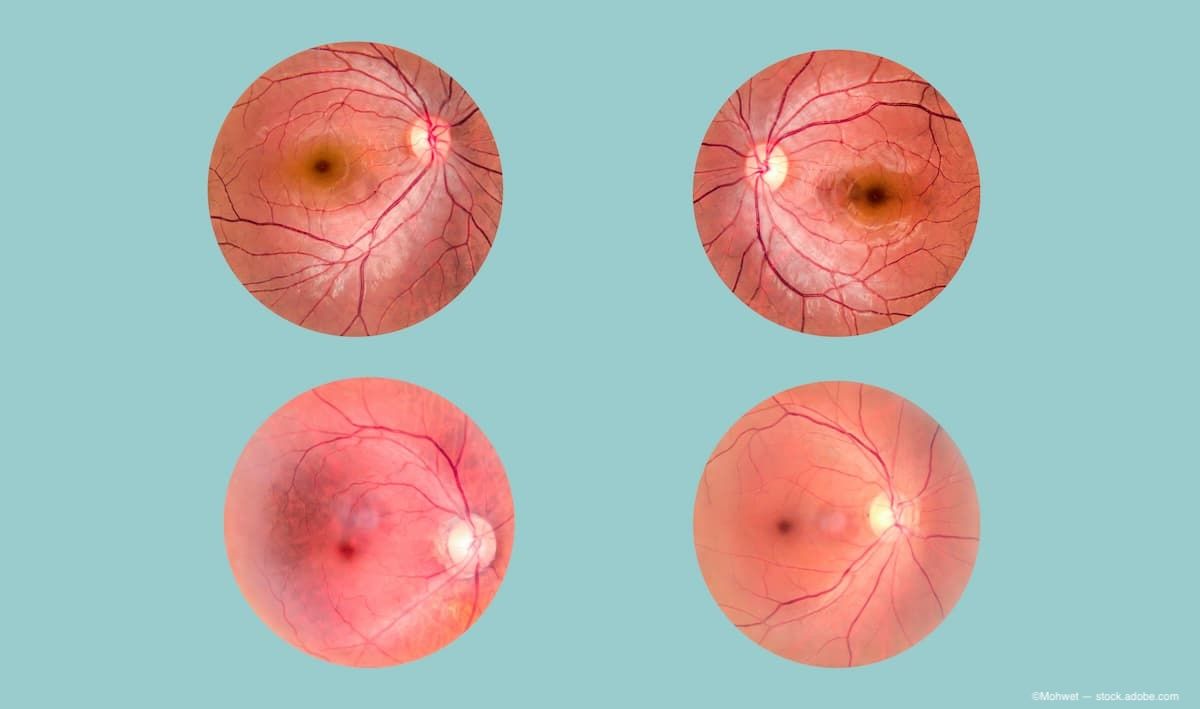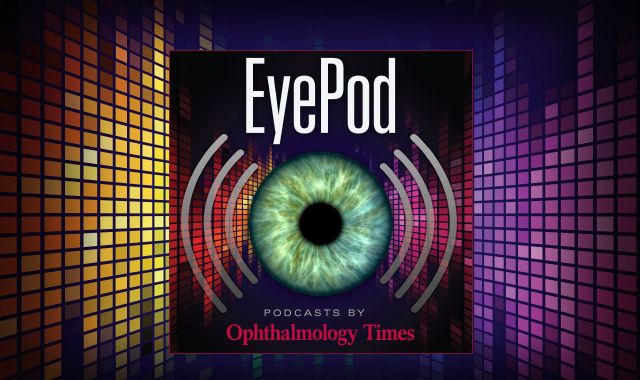News
Article
Using retinal images to classify metabolic syndrome
Author(s):
Key Takeaways
- Retinal images can classify metabolic syndrome, a risk factor for cardiovascular disease and diabetes, using a Vision Transformer-based model.
- Combining retinal images with clinical features enhances classification accuracy, achieving an AUC of 0.8725.
Authors defined metabolic syndrome as “the set of factors that increase the risk of cardiovascular disease and diabetes, such as hypertension, central obesity, insulin resistance, and atherogenic dyslipidemia.”
(Image Credit: AdobeStock/Mohwet)

South Korean researchers believe they have identified the potential of using retinal images to classify the metabolic syndrome,1 according to first coauthors Tae Kwan Lee, PhD, and So Yeon Kim, PhD from the Department of Artificial Intelligence, Ajou University, Suwon, South Korea. Dr. Kim is also affiliated with the Department of Software and Computer Engineering, Ajou University, also in Suwon.
They defined metabolic syndrome as “the set of factors that increase the risk of cardiovascular disease and diabetes, such as hypertension, central obesity, insulin resistance, and atherogenic dyslipidemia.”2,3 Importantly, they pointed out that individuals with metabolic syndrome, the prevalence of which is rising worldwide,4 are twice as likely to develop cardiovascular diseases and five times more likely to develop type 2 diabetes than those without metabolic syndrome.5
Because of the increasing prevalence of the syndrome, the ability to predict and diagnose it can significantly reduce the risk of cardiovascular diseases and diabetes, Drs. Lee and Kim emphasized.
They explained, “Our study aimed to classify metabolic syndrome using retinal images and enhance the interpretability of these classifications by visualizing metabolic syndrome-related areas in the retinal images. We also incorporated basic demographic features, such as age and gender, into our analysis, and given that Body Mass Index (BMI) is a highly relevant factor for metabolic syndrome8, 6 we investigated the impact of including or excluding BMI in our analysis.”
The investigators developed a Vision Transformer-based model7 using retinal image data gathered from fundus photographs that were obtained during comprehensive health evaluations to classify the metabolic syndrome.
Lee and Kim reported that their model achieved an area under the receiver operating curve (AUC) of 0.7752 (95% confidence interval [CI]: 0.7719–0.7786) using retinal images, and an AUC of 0.8725 (95% CI: 0.8669–0.8781) when combining the retinal images with basic clinical features.
Author comments
“Our study demonstrated that retinal image representations learned by a Vision Transformer-based model contribute to the classification of metabolic syndrome, when combined with clinical features. Previous studies predicting metabolic syndrome have primarily relied on patients’ clinical information from health check-ups or genetic information, using conventional machine learning methods such as Random Forest, SVM, and Decision Tree.”6,8-11
However, a disadvantage of those approaches is that they can been often involve invasive fand require additional data collection effort.
In contrast, this new model of retinal images is non-invasive as well as efficient alternative, they pointed out.
The investigators concluded, “Studies leveraging retinal images and deep learning for disease classification have demonstrated high performance, highlighting the significance of retinal images as biomarkers.12-14 Our findings confirm the potential of retinal images as non-invasive biomarkers for metabolic syndrome. This expands our understanding of how retinal images can be used to detect and monitor various systemic health conditions.”
They suggested that future research should focus on refining image processing techniques and exploring more sophisticated models to fully utilize the potential of retinal image features in medical diagnosis.
References
Lee TK, Kim SY, Choi HJ, et al. Vision transformer based interpretable metabolic syndrome classification using retinal Images. npj Digit. Med. 2025;8:205. https://doi.org/10.1038/s41746-025-01588-0
Rochlani Y, Pothineni NV, Kovelamudi S, Mehta JL. Metabolic syndrome: pathophysiology, management, and modulation by natural compounds. Ther Adv Cardiovasc Dis. 2017;11:215–225.
Kassi E, Pervanidou P, Kaltsas G, Chrousos G. Metabolic syndrome: definitions and controversies. BMC Med. 2011;9:48.
Teramoto T, Sasaki J, Ueshima H, et al. Metabolic syndrome. J Atheroscler Thromb. 2008;15:1–5.
Grundy SM. Metabolic syndrome pandemic. Arterioscler Thromb Vasc Biol. 2008;28:629–636.
Choe EK, Rhee H, Lee S, et al. Metabolic syndrome prediction using machine learning models with genetic and clinical information from a nonobese healthy population. Genomics Inform.https://doi.org/10.5808/GI.2018.16.4.e31 (2018).
Dosovitskiy A, Beyer L, Kolesnikov A, et al. An image is worth 16x16 words: transformers for image recognition at scale. In International Conference on Learning Representations (ICLR). 2021; OpenReview.net
Shin H, Shim S, Oh S. Machine learning-based predictive model for prevention of metabolic syndrome. PLoS One. 2023;18:e0286635
Mohseni-Takalloo S, Mozaffari-Khosravi H, Mohseni H, Mirzaei M, Hosseinzadeh M. Metabolic syndrome prediction using non-invasive and dietary parameters based on a support vector machine. Nutr Metab Cardiovasc Dis. 2024;34:126–135.
Worachartcheewan A, Shoombuatong W, Pidetcha P, et al. Predicting metabolic syndrome using the random forest method. Sci World J. https://doi.org/10.1155/2015/581501 (2015).
Hu X, Li X-K, Wen S, et al. Predictive modeling the probability of suffering from metabolic syndrome using machine learning: a population-based study. Heliyon. https://doi.org/10.1016/j.heliyon.2022.e12343 (2022).
Lee YC, Cha J, Shim I, et al. Multimodal deep learning of fundus abnormalities and traditional risk factors for cardiovascular risk prediction. npj Dig Med. 2023;6:14.
Mohanty C, Mahapatra S, Acharya B, et al. Using deep learning architectures for detection and classification of diabetic retinopathy.Sensors. 2023;23:5726.
Juneja M, Thakur S, Uniyal A, et al. Deep learning-based classification network for glaucoma in retinal images. Comput Electr Eng. 2022;101:108009.
Newsletter
Don’t miss out—get Ophthalmology Times updates on the latest clinical advancements and expert interviews, straight to your inbox.





